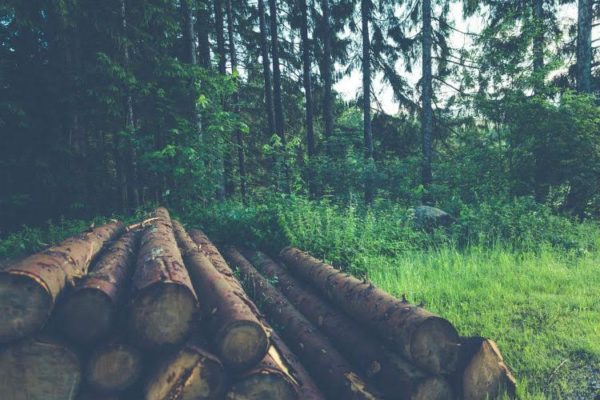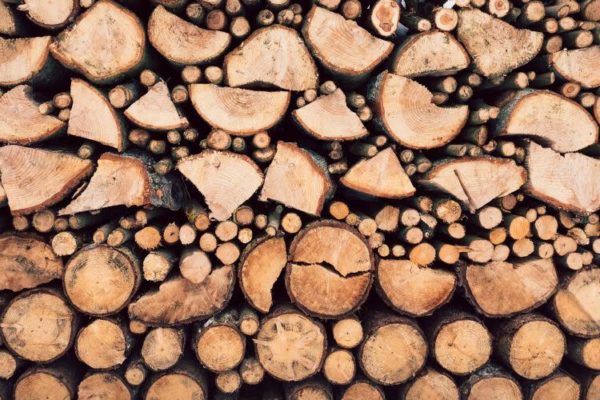Forests cover about a third of the earth’s surface, but an area equal to about half the size of England disappears every year. At the current rate of deforestation, the world’s rainforests could be gone within the next 100 years.
In many areas, the loss of forest is even accelerating. Research has found that between 2001 and 2012, deforestation of rainforests increased by 53 percent.
Why Does It Matter?
The impact of deforestation on wildlife and vegetation is immense. About 80 percent of the world’s land animals and plants call forests home. When their habitats are destroyed, many of them can’t survive. Instead, they are forced out of the woods as their food sources disappear, leading to more run-ins with humans.
Forests also play crucial roles in various ecological processes. For example, they remove greenhouse gases from the atmosphere, so forest destruction worsens climate change. They also play a part in the water cycle by helping to return water vapor into the atmosphere.
With tree cover to shelter it from sunlight, the ordinarily rich soil in a former forest can dry out, making it much harder for those forests to recover.
Why Is It Happening?
Some deforestation occurs naturally due to events such as wildfires, but the accelerated rate at which we’re losing forests due to human actions. Damaged forests are also more vulnerable to fires.
People clear forests to make way for agricultural operations, housing and infrastructure. As the human population grows, people clear more land for growing food and raising livestock.
Logging operations, sometimes illegal ones, are also responsible for the loss of substantial portions of forestry. Wood and paper products made from these illicit activities then end up in consumer goods used around the world, providing more incentive to cut down more trees.
Conservation Efforts
Various countries have laws in place meant to protect forests, but they are often not enforced sufficiently. To fill the gaps, organizations like World Wildlife Fund, Greenpeace and Conservation International are working to conserve the world’s forests.
Conservation International works with local communities and other subject matter experts to “value” forests to show people why we should protect them. CI then provides funding and support for job creation and monitors forest health.
In 2004, World Wildlife Fund brought together companies involved in the production of palm oil, which takes up 12 million hectares and can be found in up to half of the packaged products in a typical grocery store. This led to the creation of the Roundtable on Sustainable Palm Oil, or RSPO, which promotes sustainable practices in the industry.
What Can You Do?
Individuals all over the world can help protect forests. Consumers can “vote with their wallets” by choosing to patronize companies that follow sustainable practices and avoiding those that don’t. Look for certifications such as the Rainforest Alliance Certification seal, search online for sustainability commitments and participation in organizations such as RSPO and choose products made from recycled materials.
If there’s a company you like that doesn’t have sustainability commitments, you could contact them and ask them to make the change. Contacting your representatives in the government can also help, as can spreading the word about deforestation issues.
And of course, anything you do to live a more sustainable life could benefit the world’s forests in some way. And in the end, everything you do to protect forests also protects the world’s people, wildlife and environment.

This Women of Green guest blog is by Megan Ray Nichols. Megan writes about many environmental topics including, renewable energy, conservation and sustainability. She invites you to join the discussion on her own blog, Schooled By Science.
Women of Green is TURNING UP THE VOLUME of the feminine voice on the planet in order to create the world we know is possible.

